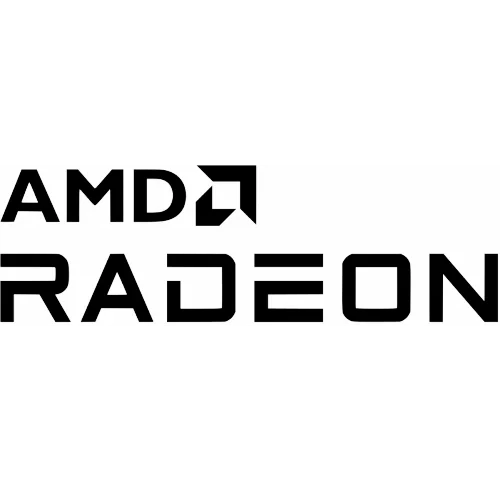German RadeonHD Hacker To Start R600 Gallium3D VDPAU

Back when working on the XvMC state tracker for Gallium3D, Christian had expressed his aspirations towards a VDPAU (NVIDIA's Video Decode and Presentation API for Unix) state tracker. Now that the XvMC Gallium3D state tracker is on a solid footing and working well for R600g, the VDPAU state tracker is now under the microscope.
To the XvMC state tracker, Christian has also added attributes for brightness, contrast, saturation, hue, and color space. Xine's XvMC plug-in is also now working with the XvMC Gallium3D implementation. There's also basic support for zscan and quantification stage, cleaning up of the XvMC to driver interface to be less CPU intensive, and bug fixes.
As far as how well the XvMC state tracker is working for this Gallium3D driver on Radeon HD 2000 series GPUs and later, "Video output of a 1920x1080 video now uses something around ~20% CPU time on my old test system, compared to ~50% with Xv, including all the nice features like overlay menu rendering for example (ok only working with mplayer right now, not xine)."
In this mailing list message he shares his XvMC Gallium3D update and plans to switch focus over now to the VDPAU support, but no plans beyond that were shared.
29 Comments

